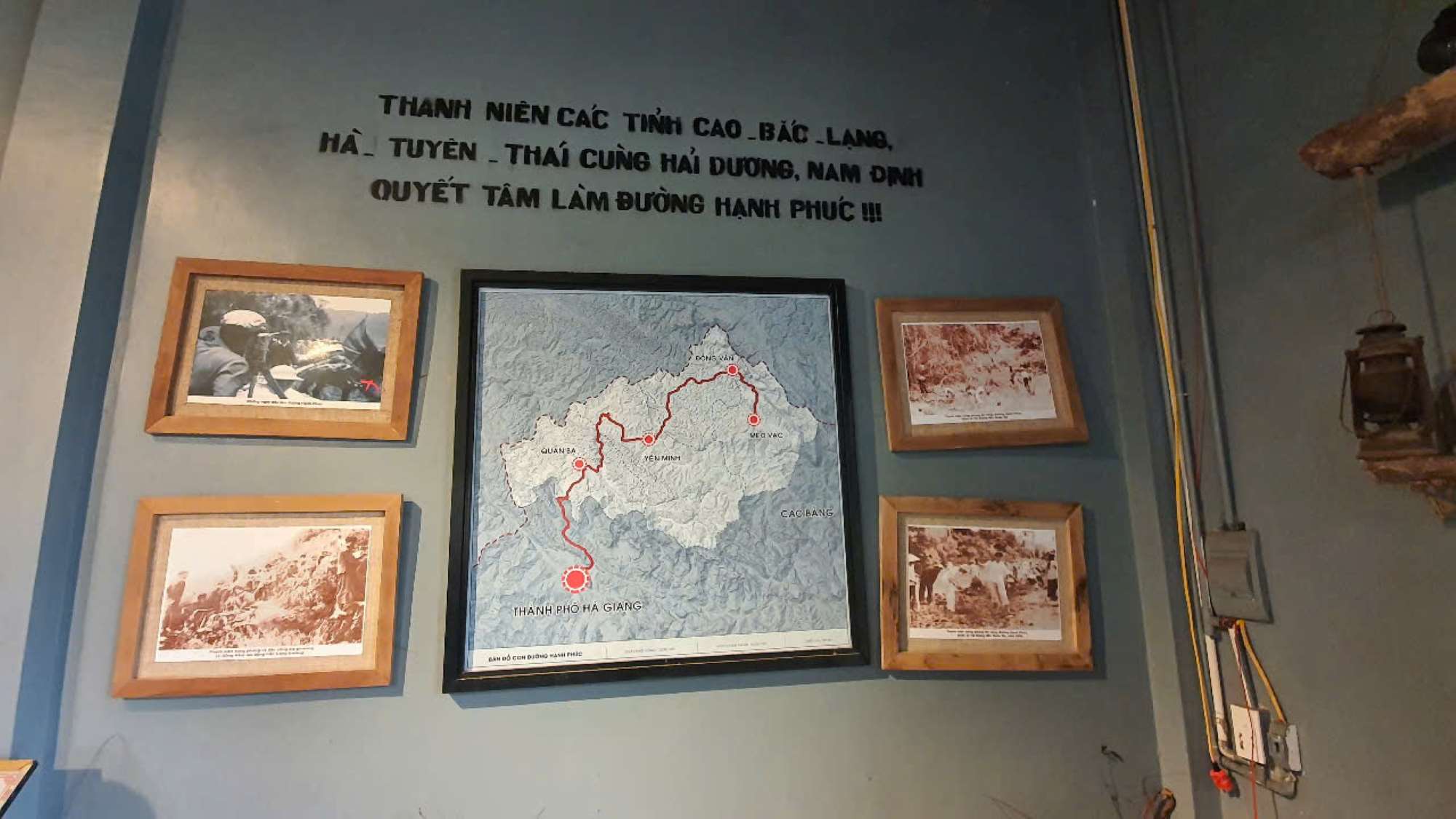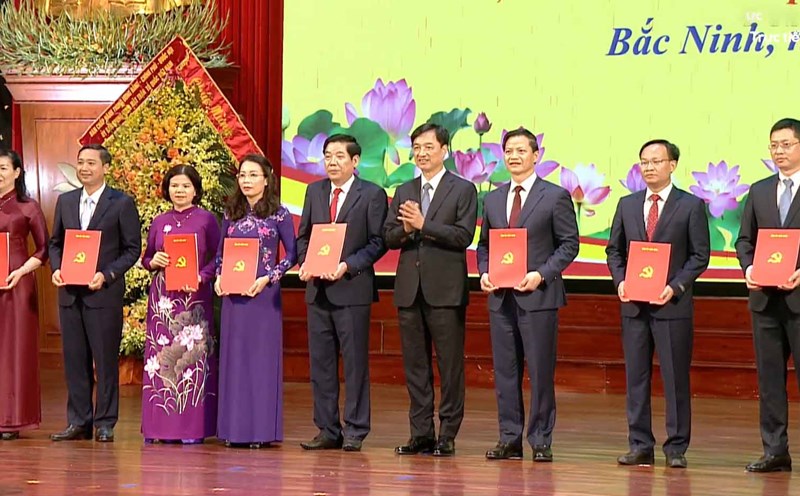This spring, I have the opportunity to go to Ha Giang. It was the first trip by personal car to the rocky plateau. My decision is that, in just 3 days, we have to conquer the roads: from Hanoi to Ha Giang, continue to Dong Van and then go to Meo Vac, then return to Ha Giang and return to Hanoi. But that trip is not merely admiring the majestic beauty, understanding some of the culture of the upland but above all, understanding the value of human labor, the determination to overcome difficulties to bring a more prosperous life to the homeland of the previous generations.

In the spring days, Dong Van and Ha Giang plateau became lively by blooming flowers, the flow of people from all over to explore the wild and magnificent beauty of the country's land. But what makes each person come here to be more emotional, is the experience on the path of happiness - the path called by the people with the name full of flesh and blood: "The road of blood and flowers."
Going back in time to 1959, Ha Giang province - a rugged mountainous area, terrain strongly cut off by high mountains, deep valleys, and large slopes - is extremely difficult to travel. In response to the urgent need for traffic, the Provincial Party Committee is determined to open a road connecting Ha Giang town to Dong Van and Meo Vac districts. More than 1,200 young volunteers from the Northern provinces and thousands of local people have joined hands to carry out that sacred task.
In extremely harsh circumstances, between hot summer with burning skin and cold winter with bones, amid the ever- lurking dangers from mountain rocks and deep abyss, young volunteers with the slogan "Nothing is difficult, just afraid of being unable to endure" still persistently stuck to the construction site. Day and night, they cut rocks, break mountains and embankments to bring roads connecting districts with the central town, bringing civilized light to the highlands.

In the wooden house located at the top of the pass, the museum of the path of happiness has said a legend - legend from human strength. Prominent in the memory of each person when it comes to this road is the most dangerous Ma Pi Leng pass, where more than thirty young volunteers of the "Co Dung" team have to hang themselves on an erected cliff for 11 months to complete the 20km long road from Dong Van to Meo Vac. The tools in their hands are just hammer hamlets, bullies, crowbars and some explosives. Meals are transferred from the bottom with ropes. The deep cliff of Nho Que line is always a danger lurking. However, no one stepped back.
After 6 years of being in disarray, in 1965, with more than two million working days and three million cubic meters of rock and soil relocated, the 185km long road was officially completed and named by President Ho Chi Minh as "Hanh Phuc". This is also the pride of the youth, sacrifice and indomitable will of the Vietnamese people in the face of harsh nature. During the road opening, 14 young volunteers have remained forever on this sacred land. They became immortal monuments for their bravery and national spirit.
Today, the path of happiness has become a shining symbol of resilient and solidarity of labor; is a lively evidence for the determination to overcome difficulties, build and develop the country. Standing on this road, amidst the peaceful scenery, we appreciate the silent sacrifices of the previous people. They are the people who have turned the desire to connect, develop and happiness of the community into reality.
60 years have passed, Hanh Phuc, Ma Pi Leng streets, Nho Que river, Dong Van, Meo Vac... have become famous landmarks for tourists. But the question is: Has tourism really become a strong point of Ha Giang? Has it become a part of the path to happiness, hunger eradication and poverty reduction for sustainable development? Those are still difficult questions.
Some people say that, with the beautiful scenery available, Ha Giang can completely become a giant film studio. In the past two decades, along with the development of cinema, including the theme of exploiting everyday stories on the background of a rich national identity, it has favored the opportunity to show many beautiful natural landscapes of Ha Giang through the lens of filmmakers.
These include works that have caused a great stir in both the film industry and the effect of promoting tourism development such as S stillness in the abyss, Paos Story, Red Sun... Most recently, the two most popular works are Tet in the village of hell and The soul Eater.
Especially Paos Story. I once sat silently in the old space that the film crew chose as the setting. This has become a famous tourist destination in Ha Giang. Obviously, if we can invest more systematically, the value of tourism will be higher.
The figures show that in 2024, despite many difficulties, the Ha Giang tourism industry achieved many outstanding achievements. The whole province welcomed nearly 3.3 million visitors, including 380,000 international visitors, exceeding the annual plan by 102.6%; total revenue from tourism reached more than VND 8,100 billion. This is a large number but is still not worthy of potential.
In order to effectively exploit the tourism potential, including Ma Pi Leng Pass and the path of happiness, Ha Giang needs to promote the conservation and promotion of historical and cultural values associated with this great project. It is necessary to develop eco -tourism services, experience and adventure such as climbing, hiking, indigenous exploration, creating favorable conditions for visitors to immerse themselves in the unique cultural life of ethnic minorities here. At the same time, it is necessary to invest in tourism infrastructure, stops, and instructed information in a professional and methodical manner.
Developing tourism will be one of the roads to happiness in Ha Giang.











